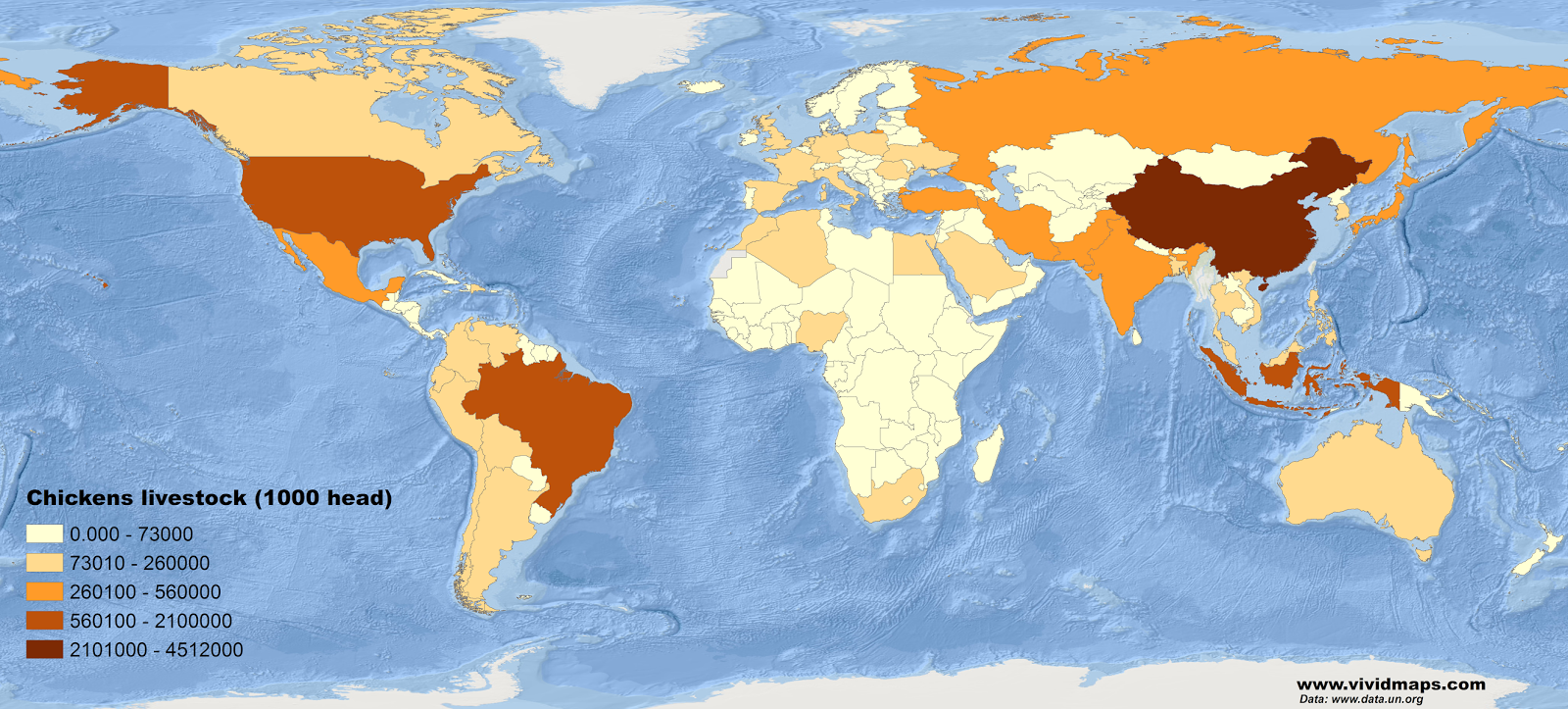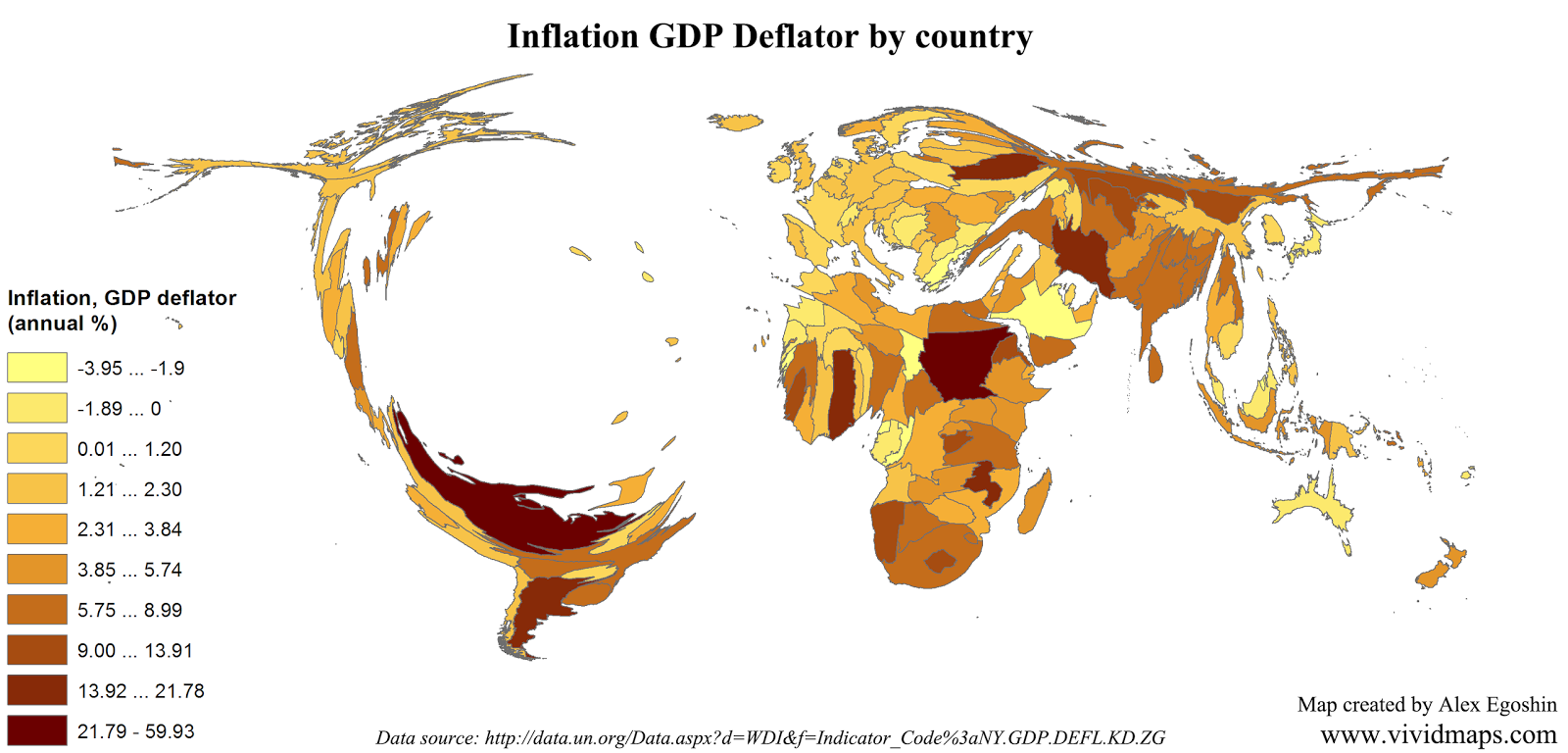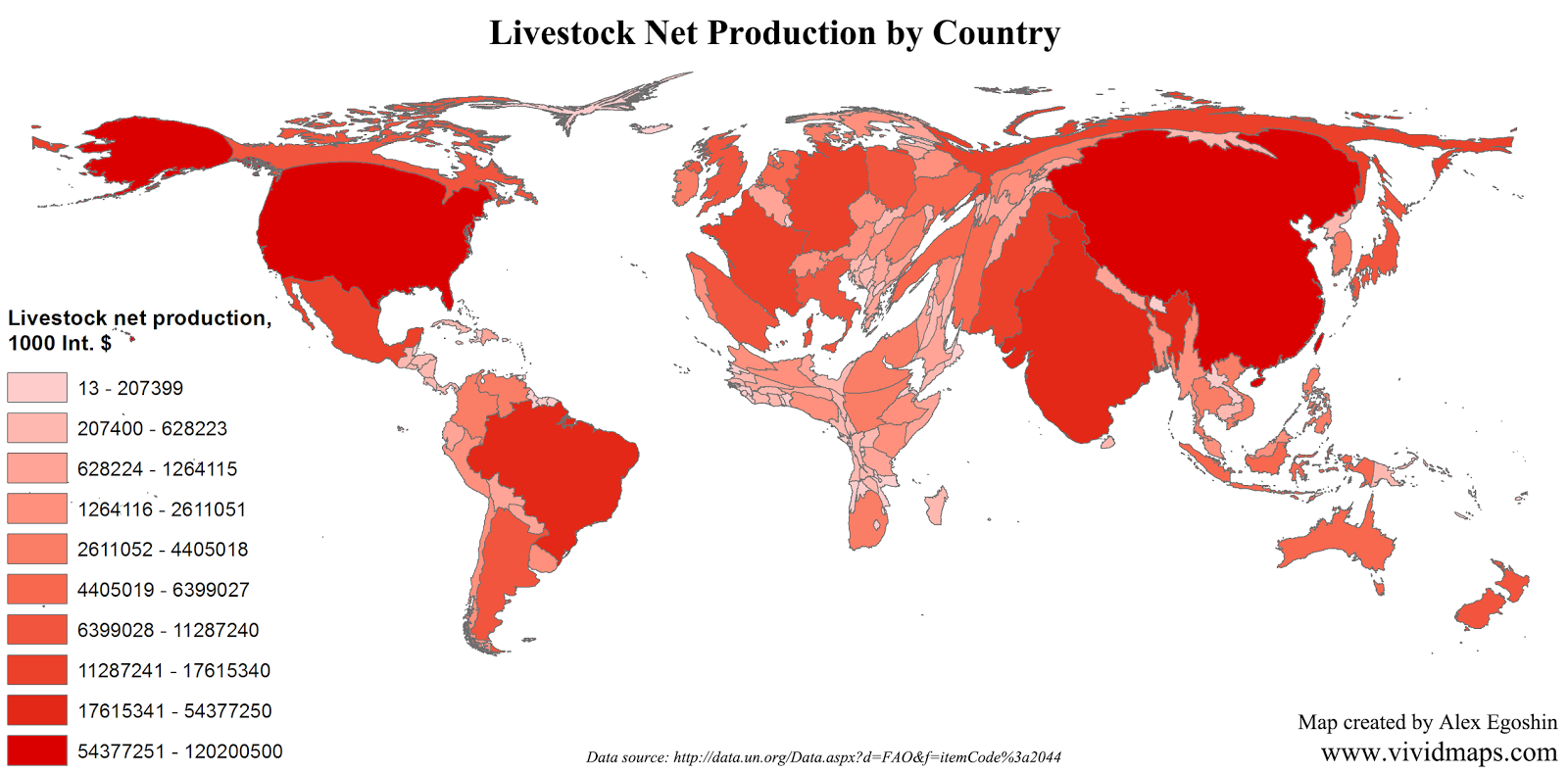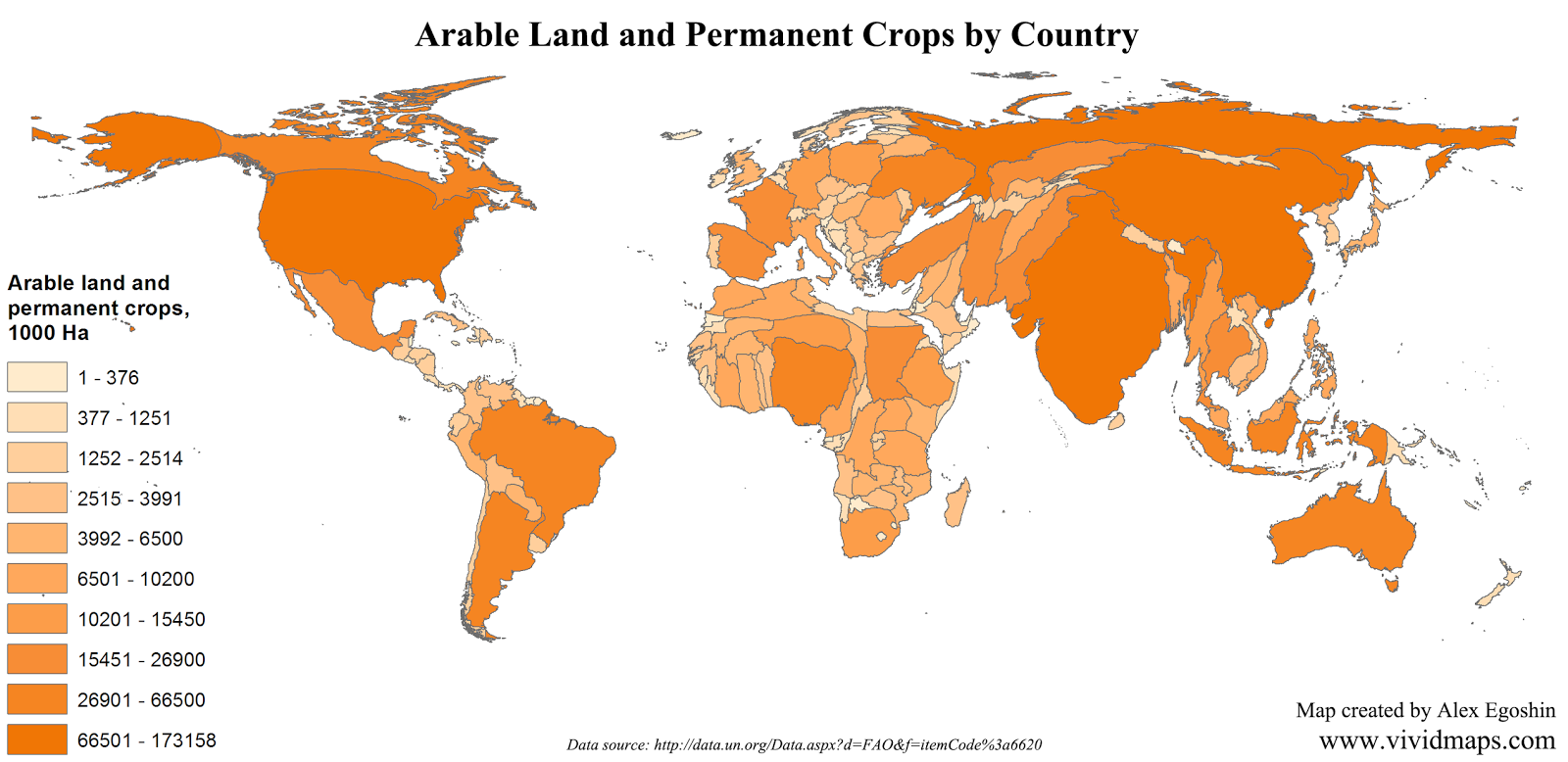Map of the Swedish Empire at its height in 1658
The Swedish Empire achieved its peak of power during the Second Northern War, a conflict in which its main rival, Denmark-Norway, was effectively incapacitated through the Treaty of Roskilde in 1658. It was a powerful and influential European state with vast territorial holdings. During this period, Sweden emerged as a formidable military and political force, leaving a significant mark on Northern Europe and beyond. Its rise to prominence was largely underpinned by the military exploits of King Gustav II Adolph (Gustavus Adolphus), who is often regarded as one of history’s greatest military commanders.
A map below shows Swedish Empire (Stormaktstiden) in 1658 .
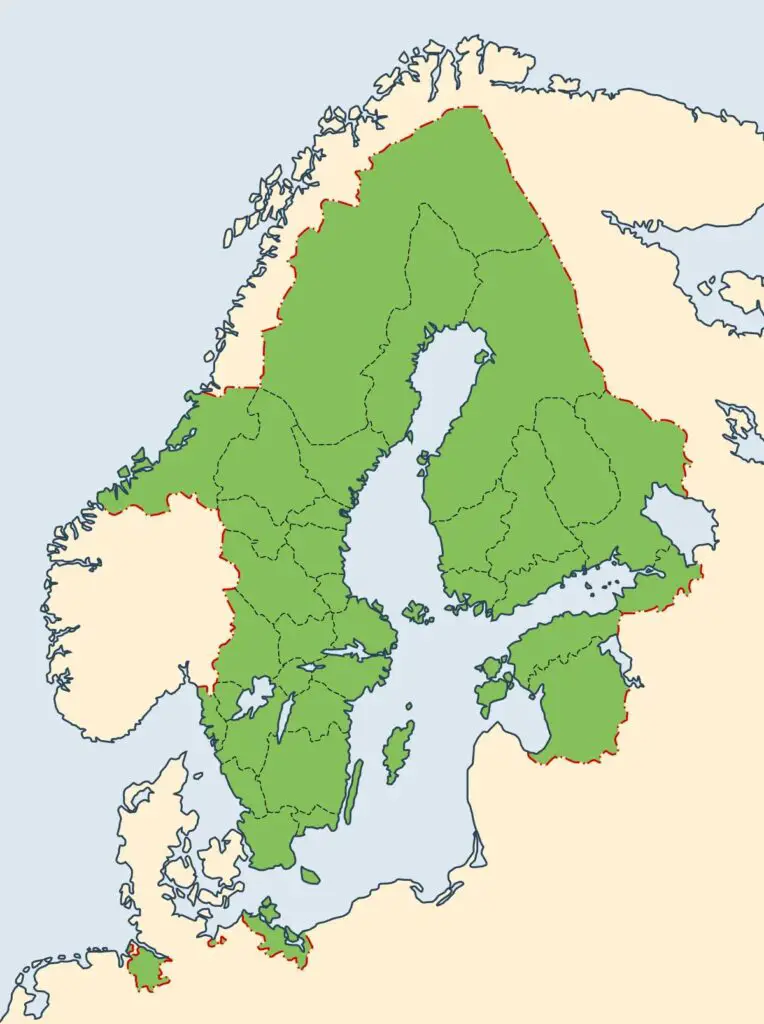
The Swedish Empire’s territorial holdings included modern-day Sweden, Finland, Estonia, Latvia, parts of Norway, and significant areas in what is now Germany, Poland, and Russia. The empire’s military successes were instrumental in shaping the Thirty Years’ War, during which Sweden intervened as a major Protestant power. This conflict allowed Sweden to expand its dominion further and acquire territories in Northern Germany.
Sweden’s power and influence began to wane in the late 17th century as a result of a series of costly wars and internal conflicts. The Great Northern War (1700-1721) marked a turning point, leading to significant territorial losses and the decline of Sweden’s imperial ambitions.
The animated map below shows rise and fall of the Swedish Empire: Evey year.
The Swedish Empire’s legacy is still evident in the cultural and historical heritage of the regions it once controlled. It contributed to the spread of Protestantism, left an indelible mark on the Baltic Sea region, and played a role in the development of modern Sweden and Finland.
While the Swedish Empire’s period of dominance was relatively short-lived, its impact on European history and the shaping of the modern Northern European states remains a subject of historical interest and study.
Want to learn more about the Swedish Empire? Then you might like to read:


